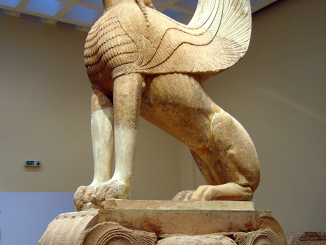In the realm of ancient Egyptian history, few figures stand as enigmatic and captivating as King Akhenaten and Queen Nefertiti. Their reign during the 14th century BCE marked a period of significant religious and artistic upheaval, yet much of their story remains shrouded in mystery. Through the lens of archaeology, we embark on a journey to uncover the truths buried beneath the sands of time, piecing together the fragments of their lives and reign.
The Reign of Akhenaten and Nefertiti: King Akhenaten ascended to the throne around 1353 BCE, succeeding his father, Amenhotep III. His reign was characterized by a revolutionary shift in religious ideology, most notably the introduction of Atenism, the worship of the sun disc, Aten, as the supreme deity. Nefertiti, his queen, played a pivotal role in this religious transformation, often depicted alongside him in art and inscriptions, indicating her prominence and influence.
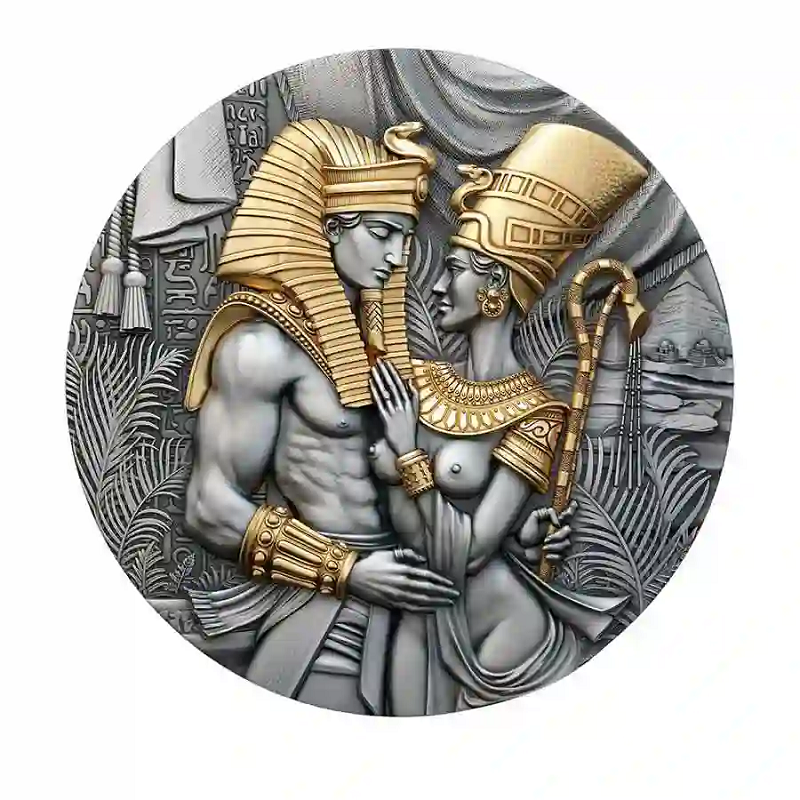
The City of Akhetaten: One of the most significant archaeological discoveries relating to Akhenaten and Nefertiti is the city of Akhetaten, known today as Amarna. Founded by Akhenaten, this city served as the capital of Egypt during his reign and was dedicated to the worship of Aten. Excavations at Amarna have unearthed a wealth of artifacts shedding light on the daily lives, religious practices, and artistic expressions of its inhabitants.
Artistic Revolution: The reign of Akhenaten and Nefertiti witnessed a radical departure from traditional Egyptian artistic conventions. Artifacts from this period display a distinctive style characterized by elongated proportions, naturalistic depictions, and intimate scenes of royal family life. The famous bust of Nefertiti, discovered in 1912 by archaeologist Ludwig Borchardt, remains one of the most iconic representations of ancient Egyptian artistry.
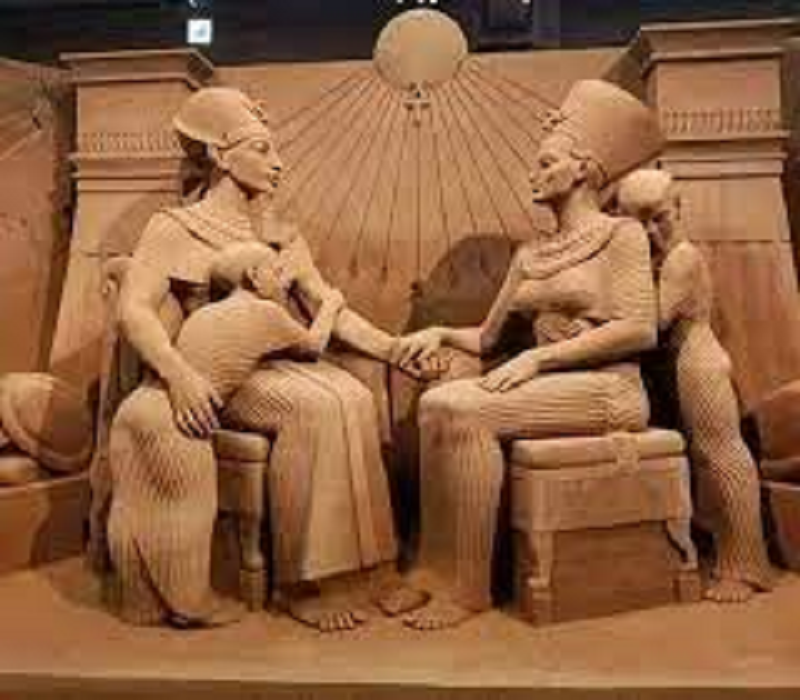
Religious Reforms: Akhenaten’s religious reforms aimed to centralize worship around the sun god Aten, diminishing the importance of other deities and temples. Inscriptions known as the Amarna Letters provide insights into diplomatic correspondences during this time, revealing the challenges and repercussions of these religious changes on both domestic and foreign affairs.
The Mystery of Nefertiti’s Fate: Despite her prominent role during Akhenaten’s reign, the ultimate fate of Queen Nefertiti remains a subject of speculation and debate among scholars. Some theories suggest she ascended to the throne as pharaoh after Akhenaten’s death, while others propose she disappeared from historical records entirely. Ongoing archaeological research aims to uncover more clues about her life and legacy.

Legacy and Influence: While Akhenaten’s religious reforms were largely dismantled after his death, his reign left a lasting impact on Egyptian history and culture. The artistic innovations of the Amarna period influenced subsequent artistic styles, and the concept of monotheism introduced by Atenism foreshadowed developments in later religious traditions.
Through the meticulous efforts of archaeologists and scholars, the story of King Akhenaten and Queen Nefertiti continues to unfold, offering glimpses into a pivotal period of ancient Egyptian history. As excavations persist and new discoveries emerge, we inch closer to unraveling the mysteries surrounding this intriguing royal couple, their reign, and their enduring legacy in the annals of civilization.
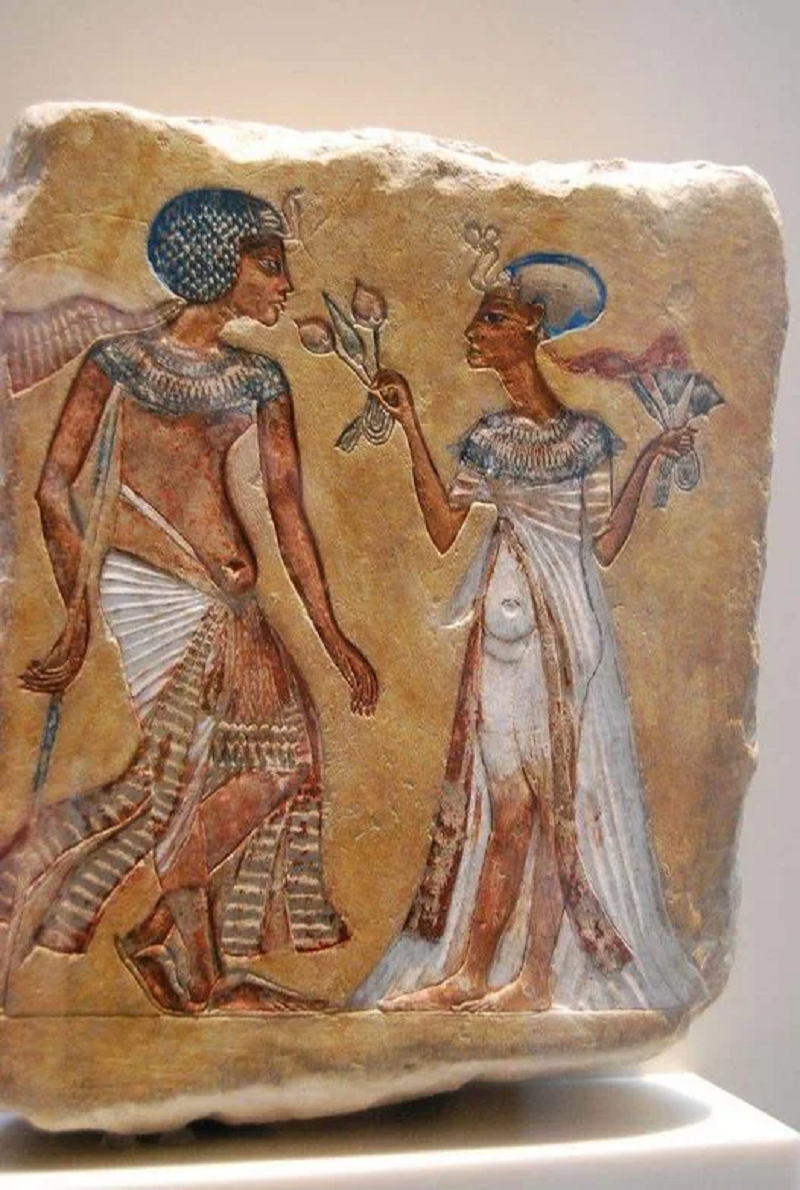
A small review
In the vast expanse of Egypt’s ancient history, few figures loom as large as King Akhenaten and Queen Nefertiti. Their reign, marked by innovation and controversy, continues to captivate the imagination of scholars and enthusiasts alike. Through the lens of archaeology, we embark on a journey to unravel the enigma surrounding this iconic royal couple.
Akhenaten’s reign, characterized by his radical monotheistic cult of Aten, the sun god, marked a significant departure from traditional Egyptian religious practices. Alongside him stood Queen Nefertiti, renowned for her beauty and influence, depicted in intimate partnership with the king in countless works of art.
The city of Amarna serves as a testament to their visionary rule, its archaeological remains offering insights into the lives of its inhabitants. Palaces, temples, and residential areas reveal the grandeur of Akhenaten’s capital, while intricate reliefs and inscriptions provide clues to the religious and cultural shifts of the time.
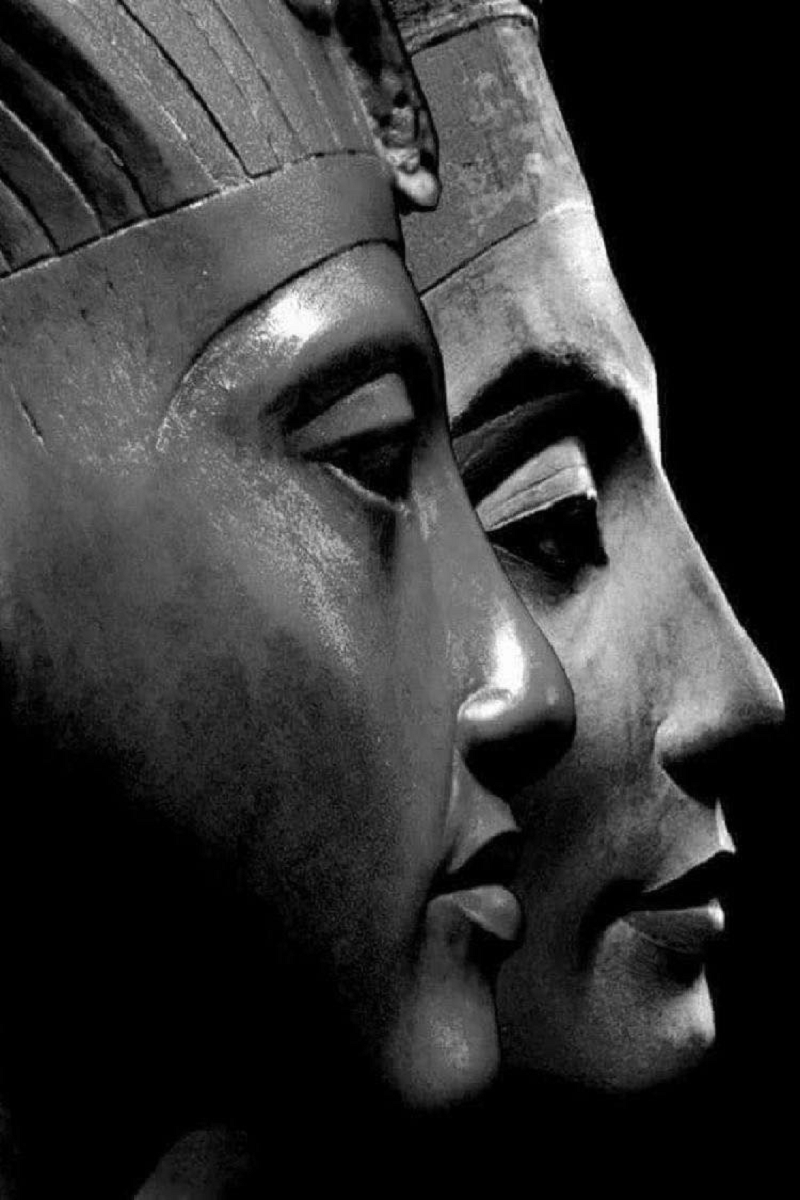
Yet, despite their prominence, the fate of Queen Nefertiti remains shrouded in mystery. Theories abound regarding her disappearance from historical records, with recent archaeological discoveries reignition speculation about her final years. The identification of a possible tomb in the Valley of the Kings and references to a mysterious queen regent add layers to the ongoing debate.
The legacy of Akhenaten and Nefertiti extends far beyond their reign, influencing Egyptian art and religious thought for centuries to come. Their artistic revolution and monotheistic tendencies foreshadowed later developments in religious thought, leaving an indelible mark on history.
As we continue to delve into the mysteries of Akhenaten and Nefertiti through archaeological exploration, we are reminded of the enduring allure of ancient civilizations and the profound impact of visionary rulers. Their legacy continues to inspire curiosity and fascination, inviting us to uncover the secrets of Egypt’s illustrious past.

